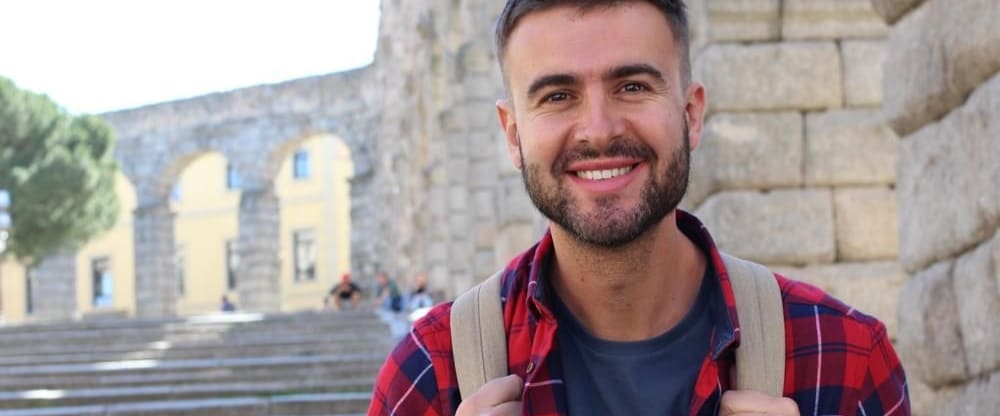8 Inspiring Women Artists Worth Getting to Know
What did all of the artists featured in our recent roundup of “Six Works of Art Fine Art Students Should Know” have in common besides being masters of their crafts? They were all men. (Well, except for the Chauvet Cave paintings, that is, of which the artists remain unknown.) We’re not the first to have overlooked the contributions of female artists and certainly most had more challenging routes to success than many of their male counterparts. But today we’re giving them their due. Read on to learn more about eight inspirational women who helped pave the way for their fellow female artists.
- Student Tips
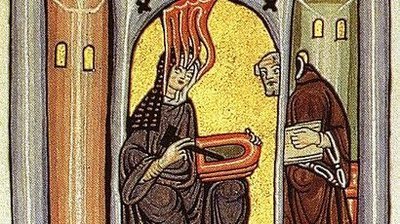
What did all of the artists featured in our recent roundup of “Six Works of Art Fine Art Students Should Know” have in common besides being masters of their crafts? They were all men. (Well, except for the Chauvet Cave paintings, that is, of which the artists remain unknown.) We’re not the first to have overlooked the contributions of female artists and certainly most had more challenging routes to success than many of their male counterparts. But today we’re giving them their due. Read on to learn more about eight inspirational women who helped pave the way for their fellow female artists.

1.Hildegard of Bingen
She lived most of her life in solitude in a hilltop Rhineland monastery more than 900 years ago, but her legacy is a lasting one. According to Classic FM, “This remarkable woman had left behind a treasure-trove of illuminated manuscripts, scholarly writings and songs written for her nuns to sing at their devotions.” And yet her name didn’t even appear in a reference book prior to 1979.
While in her lifetime Hildegard’s work was never heard beyond the walls of the remote convent where she lived, Today, she is regarded as one of the first known composers of music in Western history, and praised for her “sublime, life-affirming” music. After all, how many 12th century works can claim contemporary hit status? That’s exactly what Hildegard accomplished when her song A Feather on the Breath of God sung by soprano Emma Kirby enjoyed popular success in the 1980s.
And did we happen to mention that Hildegard was also canonized as a saint and is credited with being the founder of scientific natural history in Germany?
Listen to Hildegard’s compositions here:

2. Sofonisba Anguissola
The life of a female artist during the Renaissance and Baroque periods was anything but easy. While their male counterparts were being heralded as virtuoso, AKA “mortal Gods,” they were denied by critics who regarded them as the “passive sex” and unworthy of wielding the painter’s brush. Says Artsy, “These women fervently fought back, developing innovative painting techniques and advancing younger generations of female artists, teaching them to eschew the men who would try to stifle their development.”
One of the female Renaissance artists who is now globally recognized for her contributions to both the genre of portraiture and gender conventions. Sofonisba Anguissola, whose groundbreaking Self Portrait with Bernardino Campi (1550) is described by Artsy as “a nearly 500-year-old rejection of patriarchal authority.”
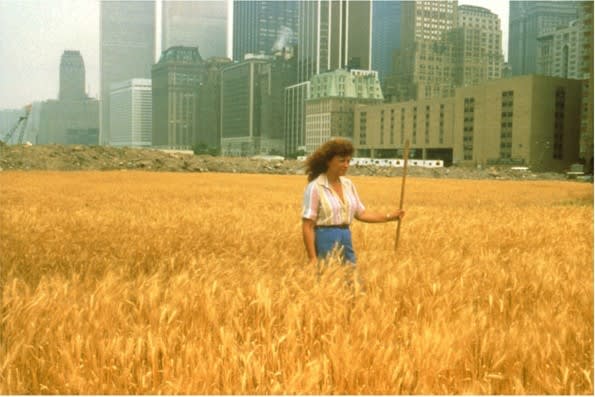
3. Agnes Denes
This Hungarian-born American conceptual artist is celebrated for her work in a huge range of media, including everything from poetry to sculpture and beyond. Her best-known work, the environmental installation Wheatfield -- A Confrontation (1982), juxtaposed two acres of wheat in the heavily populated spaces, rubble-strewn spaces in lower Manhattan. Denes has said that her motivations for the work “grew out of a long-standing concern and need to call attention to our misplaced priorities and deteriorating human values."
In her book, Fragile Ecologies: Contemporary Artists' Interpretations and Solutions, Barbara Matilsky wrote, “The project was an exuberant and daunting task celebrating the tenacity of life. By creating an artwork with wheat, a grain planted throughout the world, Denes also called attention to hunger and the mismanagement of resources. Wheat was transformed into a symbol, as the artist's work highlighted incongruities...The activities of the city and the countryside came together for a brief time. After harvesting, the hay was fed to the horses stabled by the New York City Police Department and some of the grain traveled around the world in the exhibition “International Art Show for the End of World Hunger” organized by the Minnesota Museum of Art, 1987-90). The ecological cycle was thereby complete.”
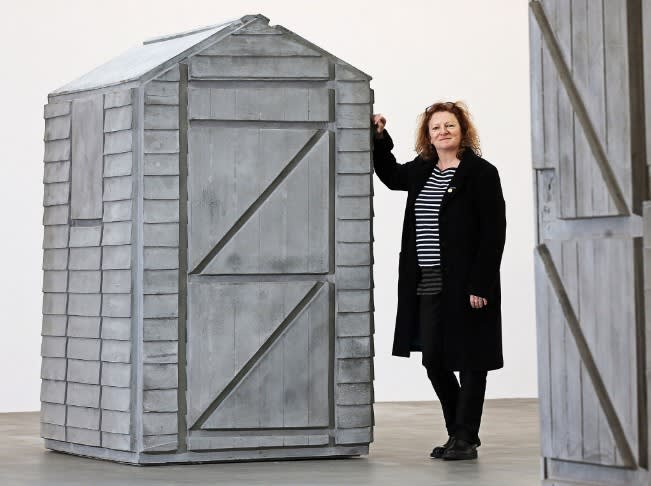
4. Rachel Whiteread
Before the age of 40, British artist Rachel Whiteread had already received the annual Turner Prize, and she’d been chosen as one of several Young British Artists to exhibit at the Royal Academy’s Sensation exhibition. Today, she lives and works in London.
Says Gagosian of her work, “Rachel Whiteread’s approach to sculpture is predicated on the translation of negative space into solid form. Casting from everyday objects, or from spaces around or within furniture and architecture, she uses materials such as rubber, dental plaster and resin to record every nuance. In recent large-scale works, the empty interiors of wooden garden sheds were rendered in concrete and steel, recalling the earlier architectural works Ghost (1990), House (1993), and the imposing concrete sculpture Boathouse (2010), installed on the water’s edge in the remote Nordic landscape of Røykenviken.”
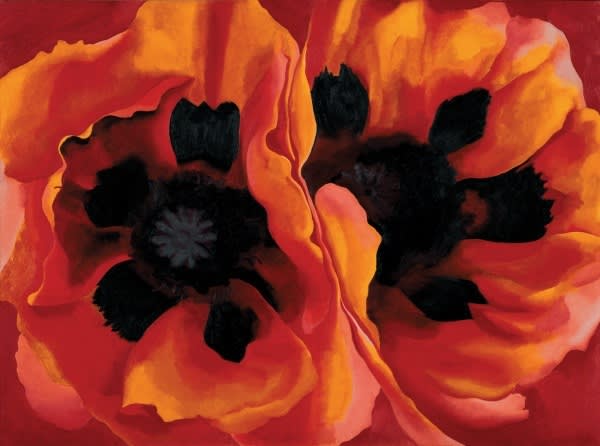
5. Georgia O’Keeffe
In giving 20th century painter Georgia O’Keeffe a spot on its list of “The 10 Most Subversive Women Artists in History,” The Guardian explained, “Compared with some artists in this list she may seem soft, but her cussed exploration of her own body and soul mapped out a new expressive freedom for women making art in the modern age.”
Largely regarded as a pioneer of American art, she produced thousands of works throughout her career, and was most known for her depictions of flowers, skyscrapers, animal skulls, and southeastern landscapes. She received both the Medal of Freedom and the National Medal of Arts for her contributions.
Of her work O’Keeffe said, “I found I could say things with color and shapes that I couldn't say any other way - things I had no words for.”
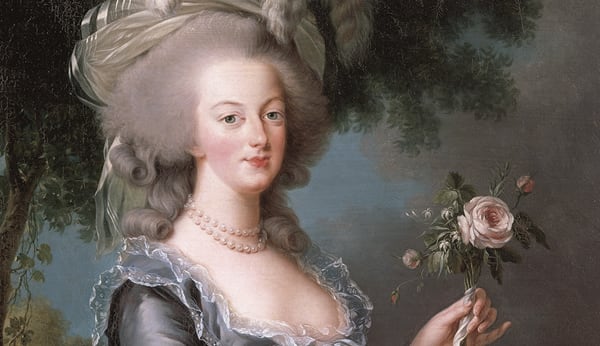
6. Louise Élisabeth Vigée Le Brun
In addition to painting Marie Antoinette more than 30 times in her capacity as the queen’s personal portrait painter, she also left behind more than 600 portraits and 200 landscapes.
What separates Vigée Le Brun from the others on this list? She was famous in her own time as one of France’s most popular portraitists. After fleeing France during the French Revolution, she was welcomed by the aristocrats of Europe -- including Russia’s Queen Catherine -- who continued to commission her fashionable signature work. She eventually returned to France, where she painted such luminaries as the Prince of Wales, Caroline Murat (Napoleon’s sister) and author Germaine de Staël.
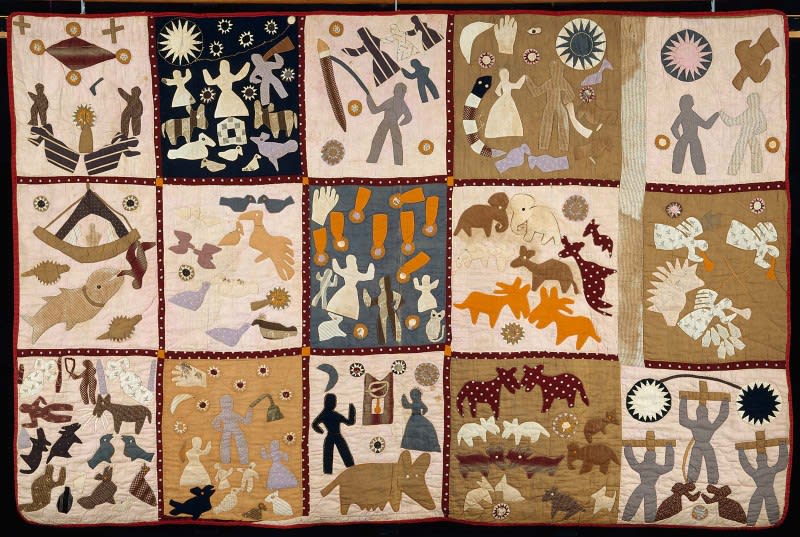
7. Harriet Powers
This southern African American quilt maker born a slave in Georgia in 1837 is well-known for her extraordinary work which depicted scenes from both American history and the Bible using the applique technique. Today, Powers has only two surviving story quilts: One is now part of the National Museum of American History collection at the Smithsonian Institution in Washington, D.C. while the other is on exhibit at Boston’s Museum of Fine Arts.
Says the Georgia Encyclopedia, “Powers's quilts are remarkable for their bold use of applique for storytelling and for their extensive documentation. Her use of technique and design demonstrates African and African American influences. The use of appliqued designs to tell stories is closely related to artistic practices in the republic of Benin, West Africa. The uneven squares suggest the syncopation found in African American music.”
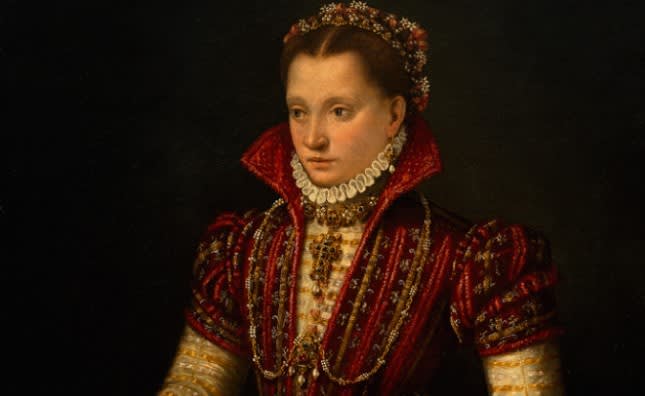
8. Lavinia Fontana
It’s hardly a surprise that Italian painter Lavinia Fontana has been categorized as a “subversive and inspirational” artist. After all, she was the first woman artist to paint female nudes. She also boasts the largest documented body of work among female artists before 1700.
Says the National Museum of Women in the Arts of Fontana, “She made great strides in the field of portraiture, which garnered her fame within and beyond Italy. In fact, Fontana is regarded as the first woman artist, working within the same sphere as her male counterparts, outside a court or convent.”
While certainly women’s contributions to art are recognized more now than they were in the past, gender inequality is still an issue as women remain underrepresented throughout the art world. (Need more proof? Check out the numbers for yourself.) Which begs the question: Are you up for the challenging of doing your part to “put an end to sexism in art?” If so, a master’s degree program in Artmay be the perfect place to start.

Joanna Hughes
Author
Joanna worked in higher education administration for many years at a leading research institution before becoming a full-time freelance writer. She lives in the beautiful White Mountains region of New Hampshire with her family.

